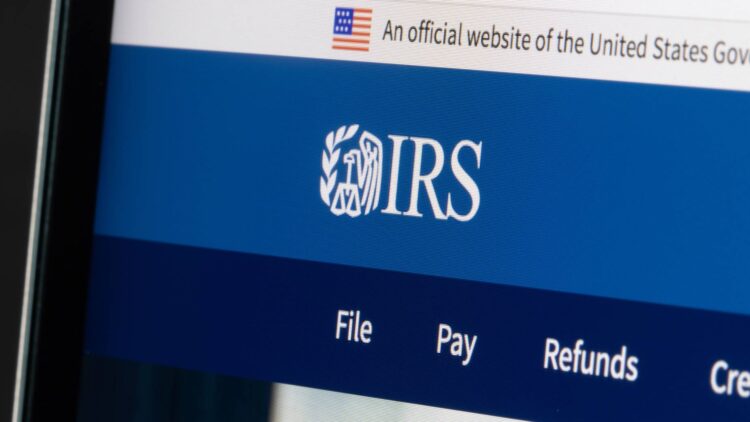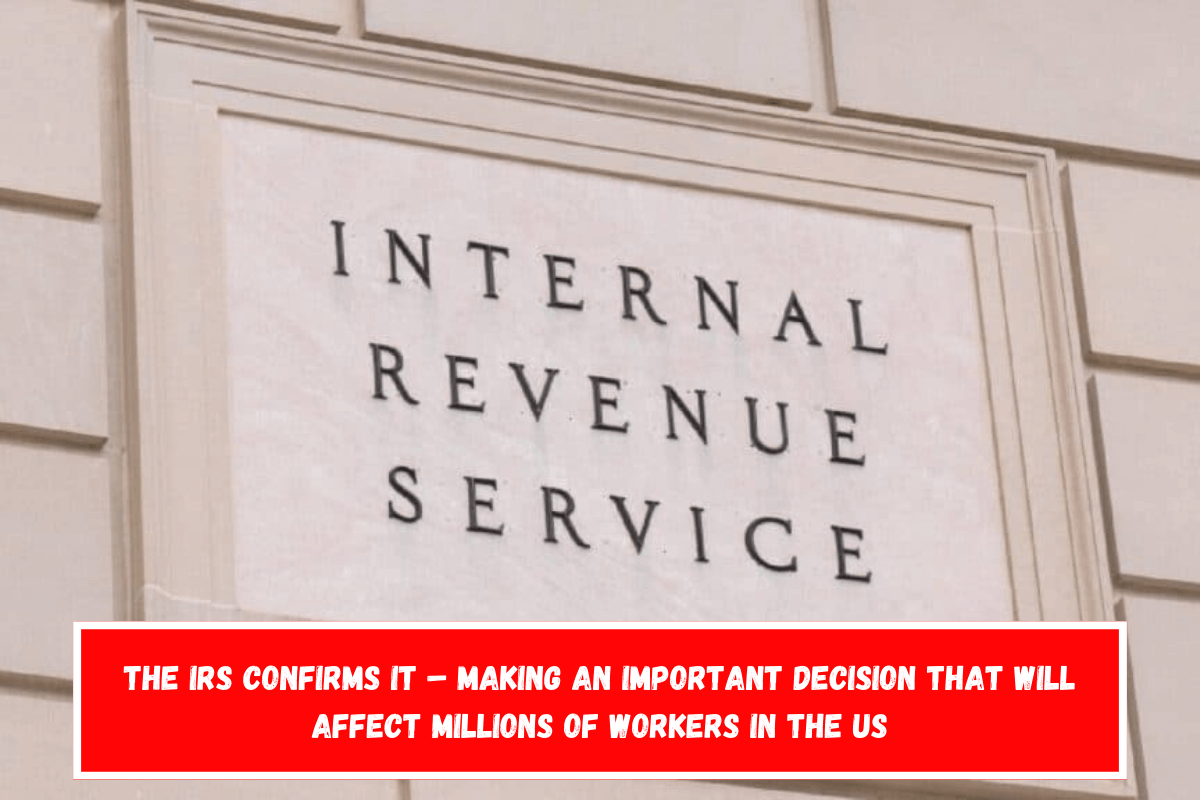One of the most important things that workers will have to do with their money over the course of their job is save for retirement. The problem with this is that most company retirement plans either require employees to join or don’t have any at all, leaving employees with no other choices.
With the way the economy is right now, that strict rule was making a lot of workers unhappy, and they wished they could have done things differently.
Things might soon change, though. Through a private letter ruling for one unnamed company, the IRS agreed to a method that lets workers choose where they want their employer contributions to go.
Now, people who work for that company can choose whether their workplace contributions to their retirement will go to a 401(k) plan, a health savings account, a plan to pay for retirees’ medical bills, or their student loans.
For employees who haven’t said where they’d like their money to go, the default answer will still be a retirement account. The employer contributions can’t be taken as cash or any other taxable benefit; they have to go into one of the IRS-approved options.
The new way to plan for retirement thanks to the IRS ruling
The ruling works the same way for other companies, so they can now help their employees plan for the future in a way that matters to them and makes the most sense for their personal situations. The company in question has stayed anonymous, but the ruling still has the same effect.
The IRS will still have to accept the move for now, but in the long run, this could become standard. This could help employees pay off their student loans faster or get better medical care in retirement, if that’s important to them.
With the help of Willis Towers Watson, a company that specializes in benefit management and provides insurance brokerage and consulting services, the IRS made this decision, which has never been done before. Chris West, who is the defined contribution strategy leader at WTW, said that the finding gave workers more say over how their employer’s non-choice contributions are spent.

It doesn’t have to all go to one cause. Some of it can be put into their 401(k) to save for the future, and some can be put toward their student loan amount to start paying it off faster and avoid high interest rates and penalties.
The best part is that they will decide, not their boss. A lot of workers might like having this much flexibility and control over their finances, especially those who are trying to save for retirement while also paying for things like medical bills or school loans.
West said in his speech, “We think this [ruling] is really groundbreaking because it’s about choice and flexibility.” The boss has been given permission to do that, so if other bosses want to do the same thing or a variation of it in the future, they can. All they have to do now is decide what their final design will look like.
WTW says that this is not the first time that a proposal like this has been made to the IRS. Other companies have tried and failed in the past to get permission to change how the employer contributions are split, but this is the first time that the IRS has made an official decision on the matter.
This could give more people the chance to use so-called “employee-directed choice options” in the future. The head of the Institutional Retirement Income Council, Kevin Crain, agrees and says that the next ten years will be very important to see how this new way of splitting payments works out.















Leave a Reply